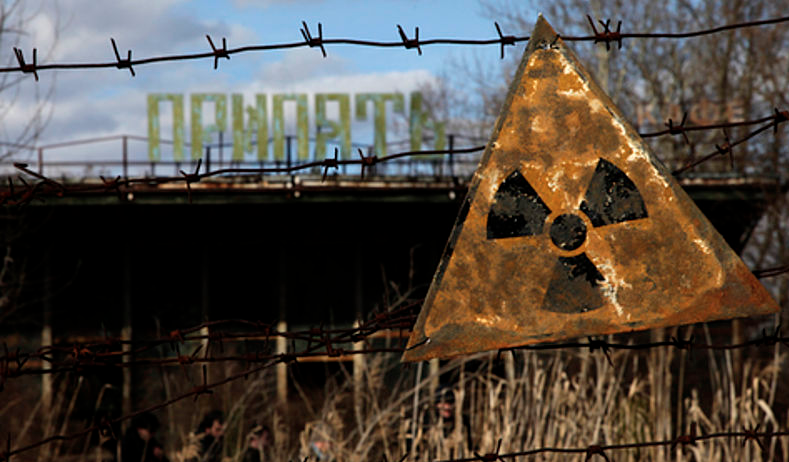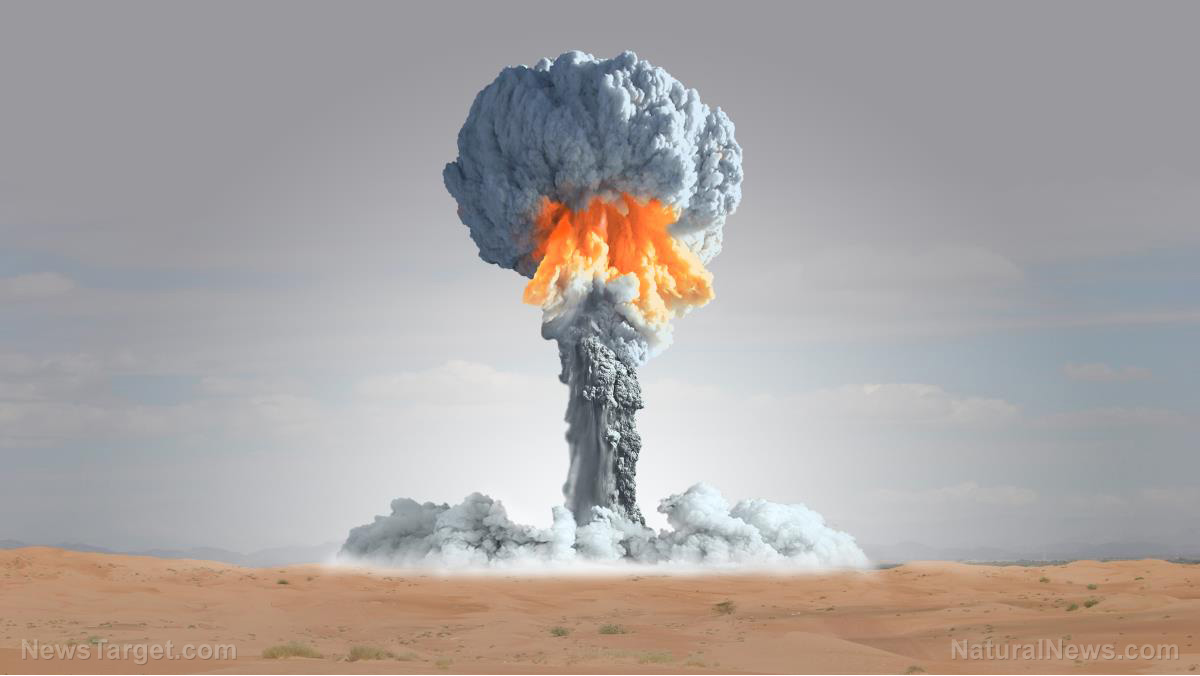Free of human interference, wildlife thrives in Chernobyl Exclusion Zone
05/13/2020 / By Franz Walker

Since that fateful day in 1986, almost no humans have set foot within the Chernobyl Exclusion Zone. In the absence of humans, a diverse community of wildlife has since moved in and repopulated the area.
Today, the Chernobyl Nuclear Power Plant Zone of Alienation, as the exclusion zone is officially called, is almost completely devoid of humans. According to researchers, it’s the lack of human activity that is the most likely reason for the resurgence of wildlife in the zone.
“Nature flourishes when humans are removed from the equation, even after the world’s worst nuclear accident,” said Jim Smith, a professor of environmental science at the University of Portsmouth, who was part of a study conducted on the wildlife in the area in 2015.
Nature’s reclamation of the Exclusion Zone
When Reactor 4 at the Chernobyl Nuclear Power plant exploded in April 1986, it triggered one of the worst nuclear accidents in history. In the aftermath of the disaster, the government of the Soviet Union evacuated around 350,000 people from the area, and most of them were never allowed to go back at all.
Since then, the area within the 1,000-square mile Exclusion Zone alongside the adjacent Palieski State Radioecological Reserve, has been considered one of the most polluted areas on the planet.
The lack of humans, however, has allowed wildlife to move back in and live undisturbed. Some of the wildlife includes descendants of pets that had been abandoned by the evacuees. While the Soviet Army sent troops to kill the abandoned pets, for fear that they would spread the radiation, many survived the purge.
The Clean Future Fund (CFF), which has been visiting Chernobyl to spay, neuter and vaccinate stray dogs, estimated that there are more than 600 stray dogs living throughout the zone. Meanwhile, the Society for Prevention of Cruelty to Animals International (SPCAI) estimated that it had provided care for more than 800 dogs and cats living there.
While there are many of these strays in the Exclusion Zone, both the CFF and SPCAI report that these animals struggle to live there. Most rely on the care and scraps of power plant workers and occasional visitors; few live past the age of six. Both organizations continue to care for the animals and have even adopted a number of puppies that didn’t pose radiation risk.
Strays and their descendants aren’t the only animals taking advantage of the Exclusion Zone. Wild animals such as elk, deer, wolves, bison, bears, foxes and other species are now living in the area. Scientists are saying that the number of wild animals in the area could possibly be much higher than it was 33 years ago, before the accident. (Related: Chernobyl: 30 years later, here’s what food grown there looks like.)
One of the species spotted in the Exclusion Zone is the European brown bear. Before it was seen in the zone, the last time this animal had been seen in the area was over a century ago.
Another rare animal that can be found in the zone is the endangered Przewalski’s horse. Also known as the Mongolian wild horse or Dzungarian horse, this species was, at one time, considered extinct in the wild.
Scientists purposely introduced this species to the area as part of a conservation program in the 1990s. Today, they have adapted well to the environment and can be seen traveling in herds throughout the Exclusion Zone.
Radiation does not seem to impact wildlife as much as human habitation
While it’s accepted that the lack of human interference has helped the animals thrive within the Exclusion Zone, scientists are still trying to figure out exactly how much it’s actually benefiting them. On top of this, there’s still also the question of the radiation in the area and how much it may be negatively affecting them.
According to some scientists, such as Smith, while the radiation is bad for the animals, it’s just not as bad as the effects of human habitation.
“This doesn’t mean radiation is good for wildlife, just that the effects of human habitation — including hunting, farming and forestry — are a lot worse,” Smith said.
Smith’s 2015 study, however, did not include information on the health and reproductive success of the different animal species in the area. They also did not observe lifestyle habits that could explain how the radiation affects the wildlife.
That said, the wildlife population around Chernobyl is still much lower compared to other protected regions in Europe. This could indicate that the radiation still affects wildlife in the area negatively.
Sources include:
Tagged Under: animals, cats, Chernobyl, Chernobyl Exclusion Zone, dogs, Ecology, Endangered species, environment, nature, nuclear disaster, pets, radiation, Soviet Union, stray animals, Ukraine, wild animals, wildlife
RECENT NEWS & ARTICLES
COPYRIGHT © 2017 RADIATION SCIENCE



















